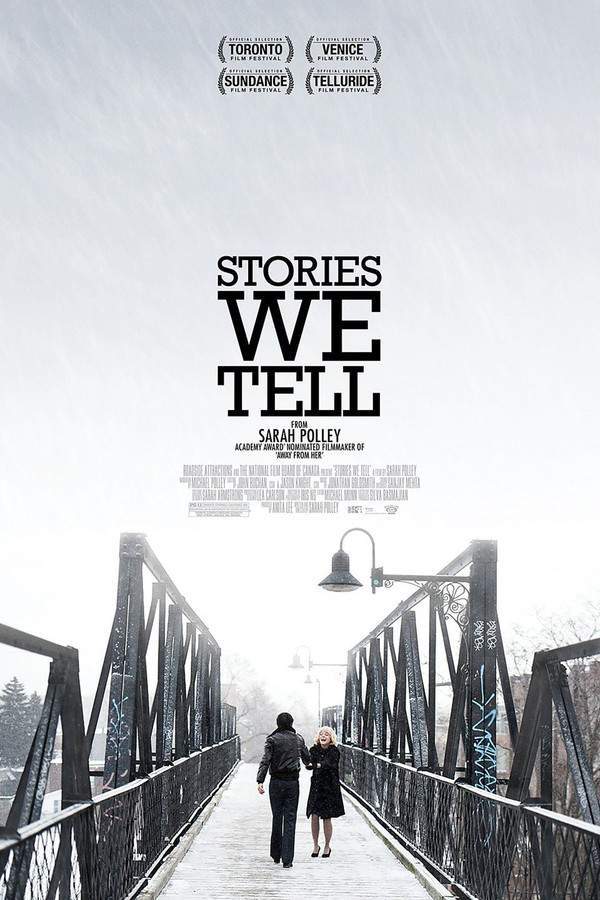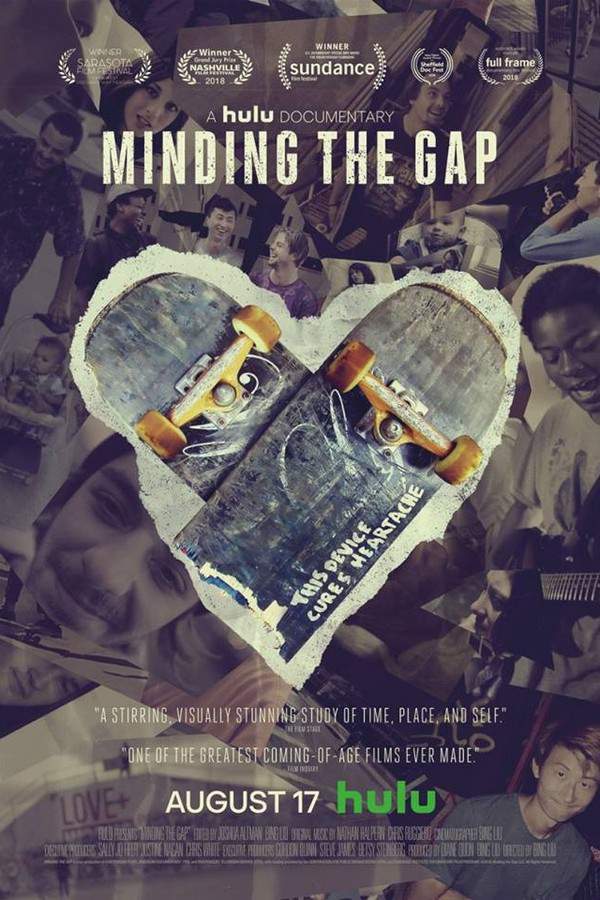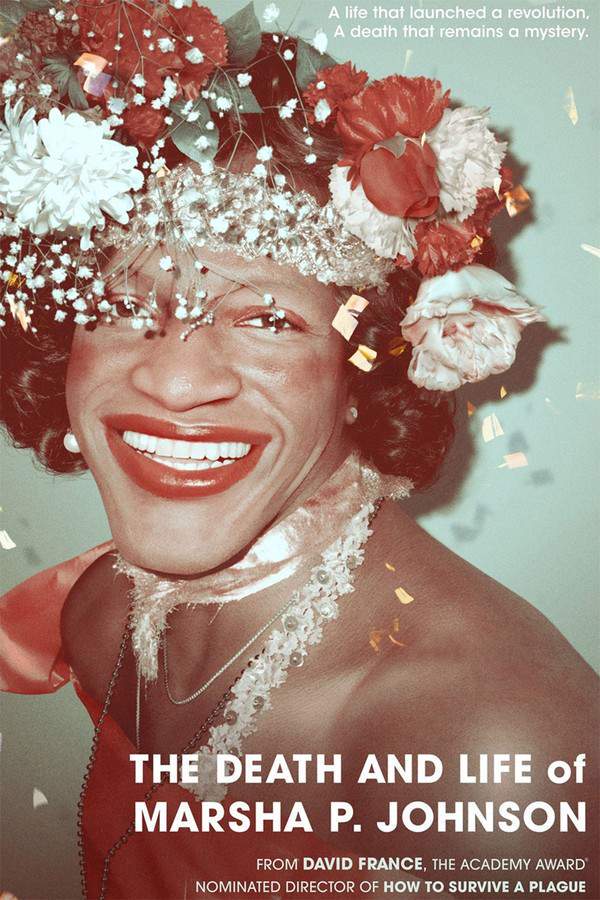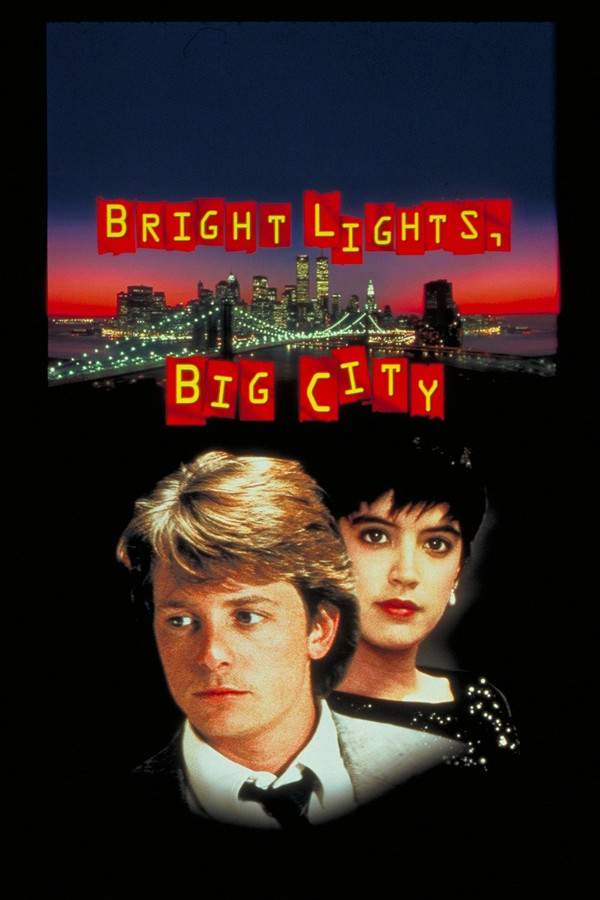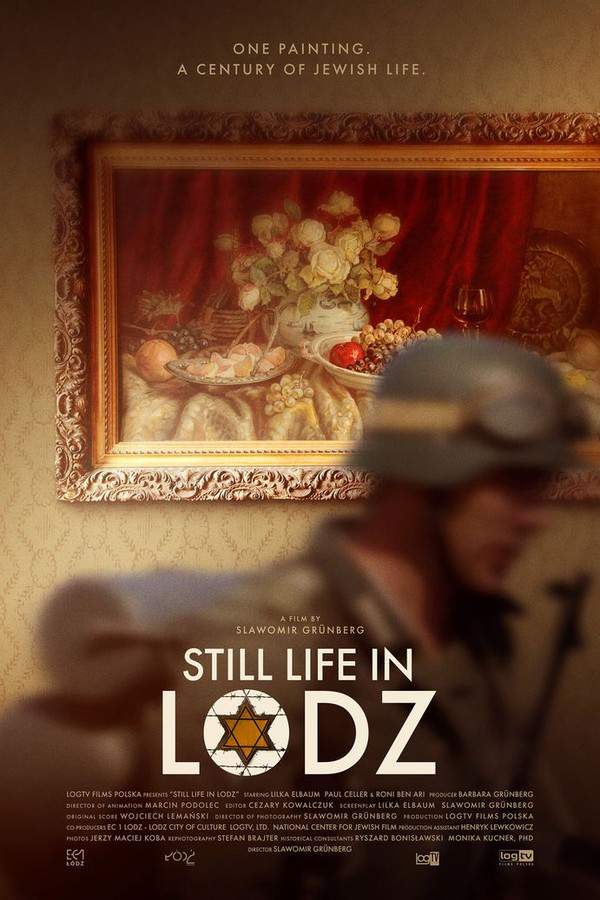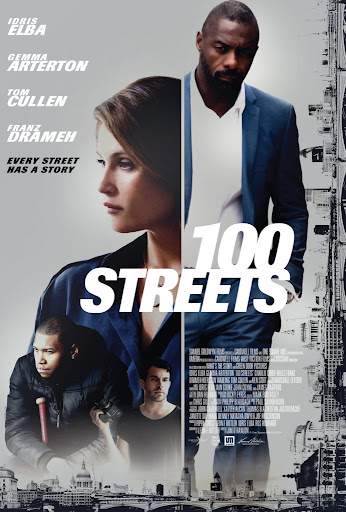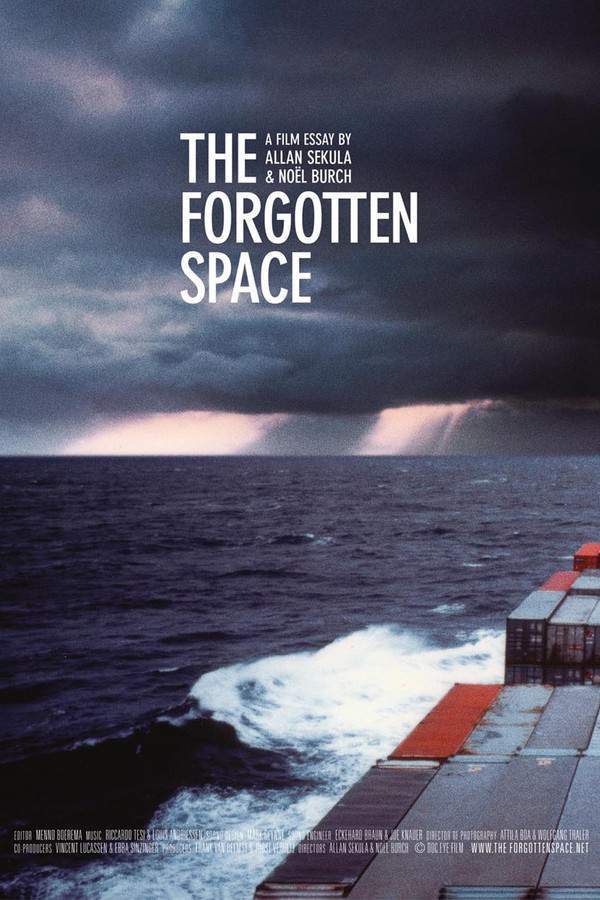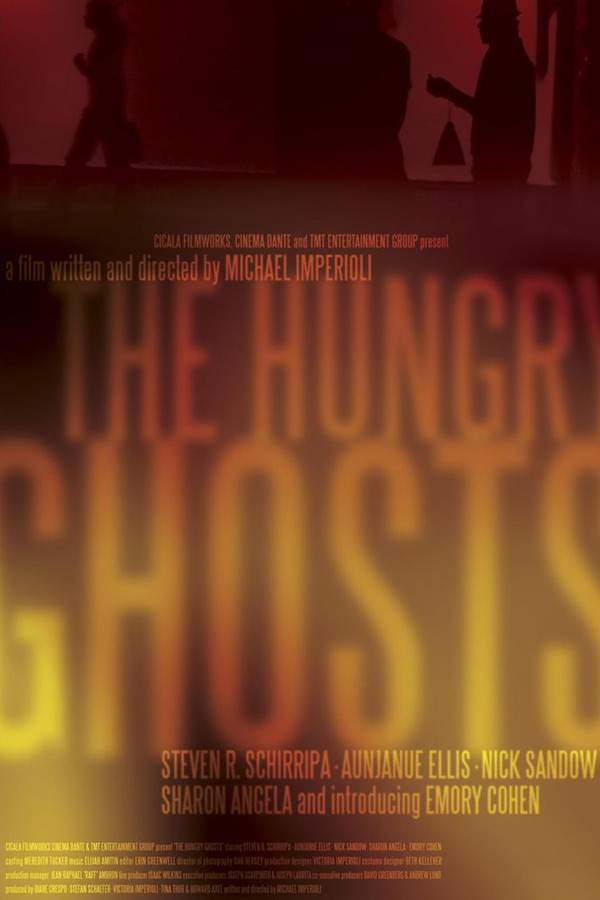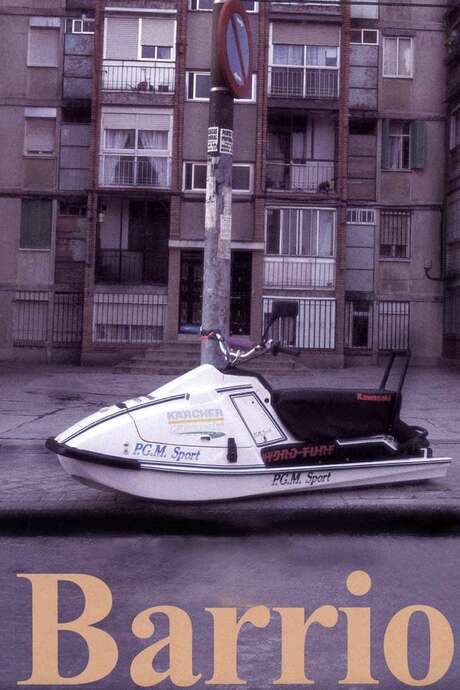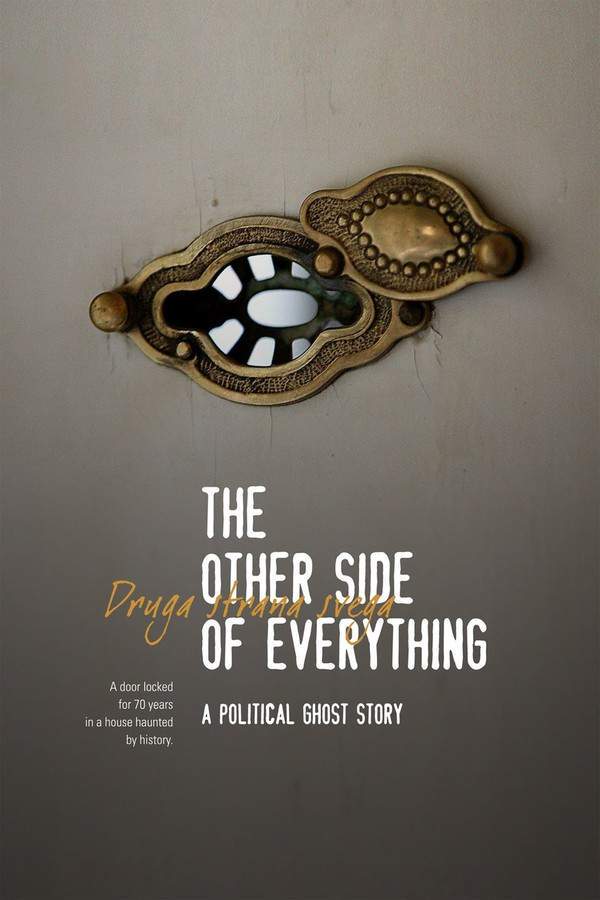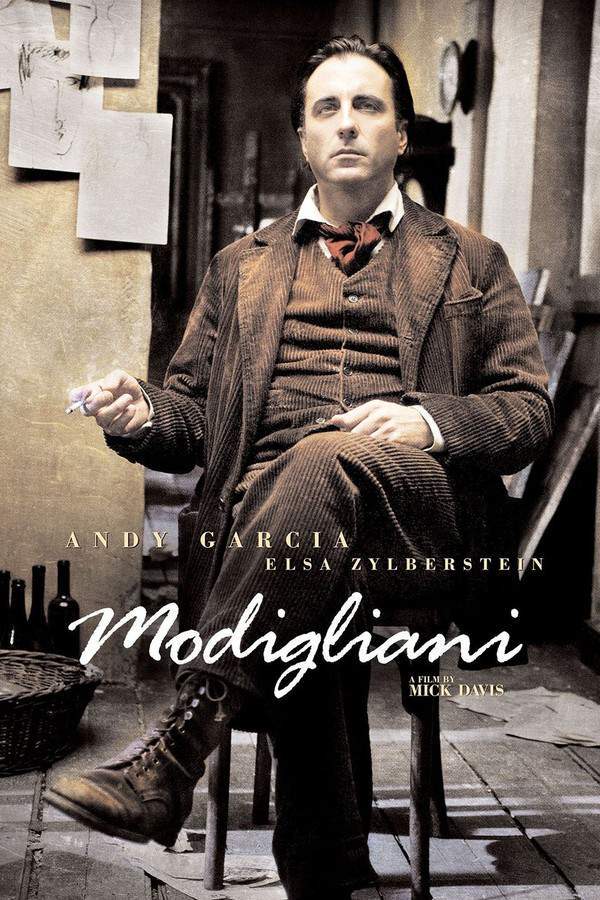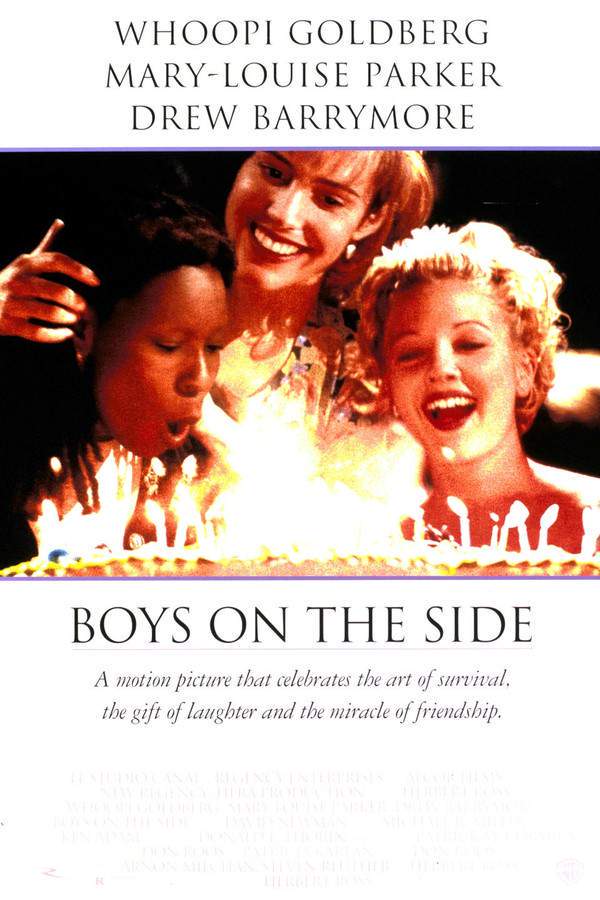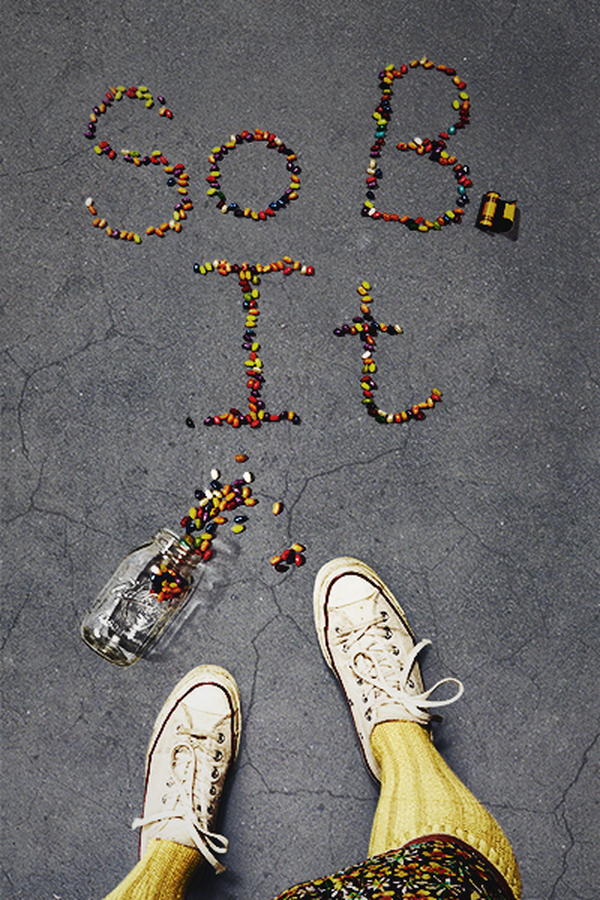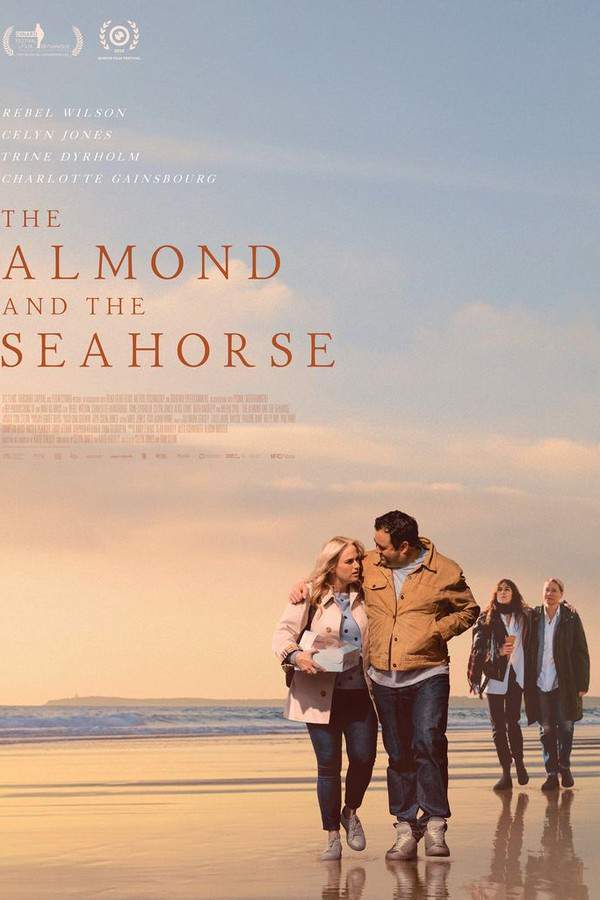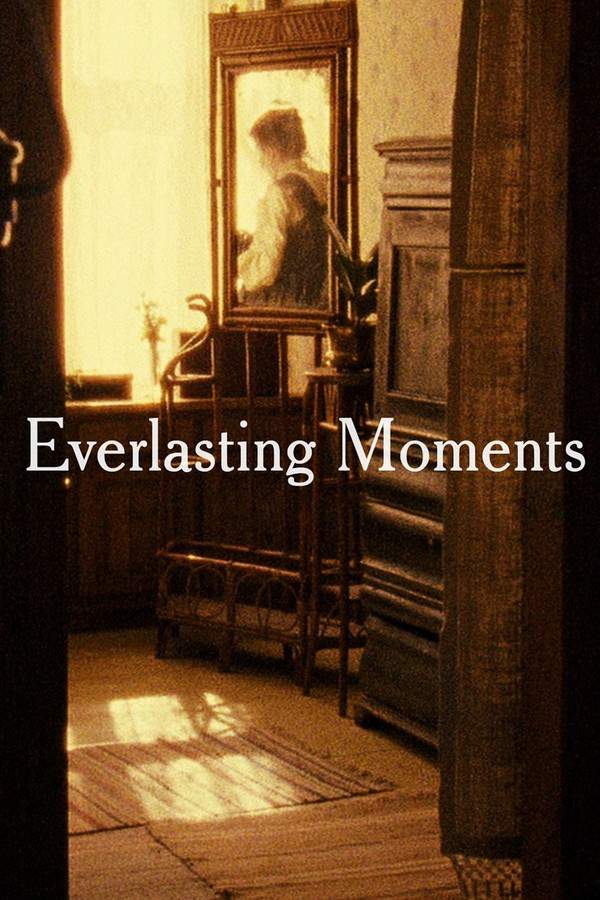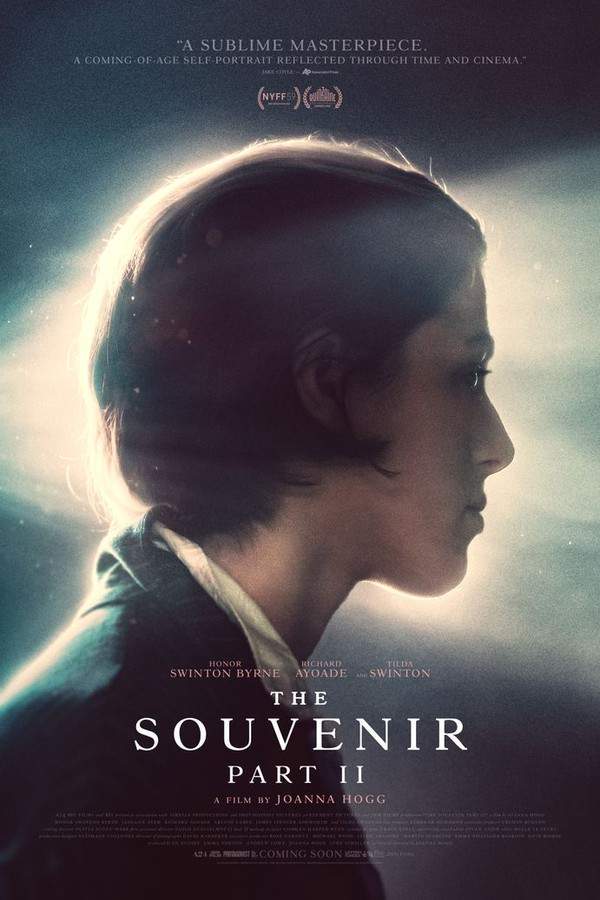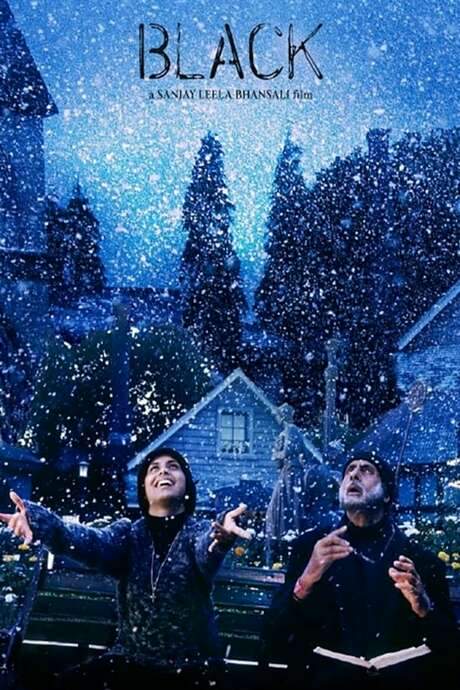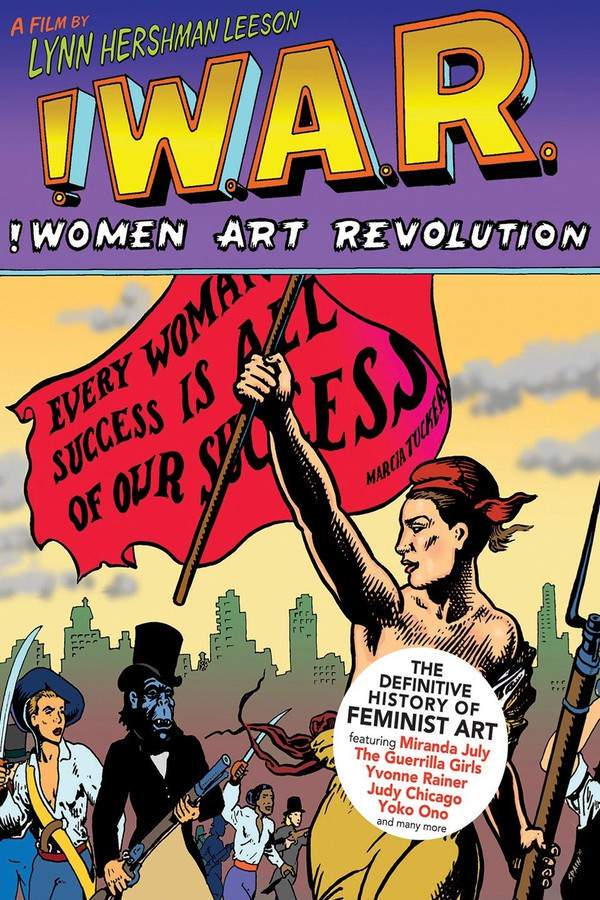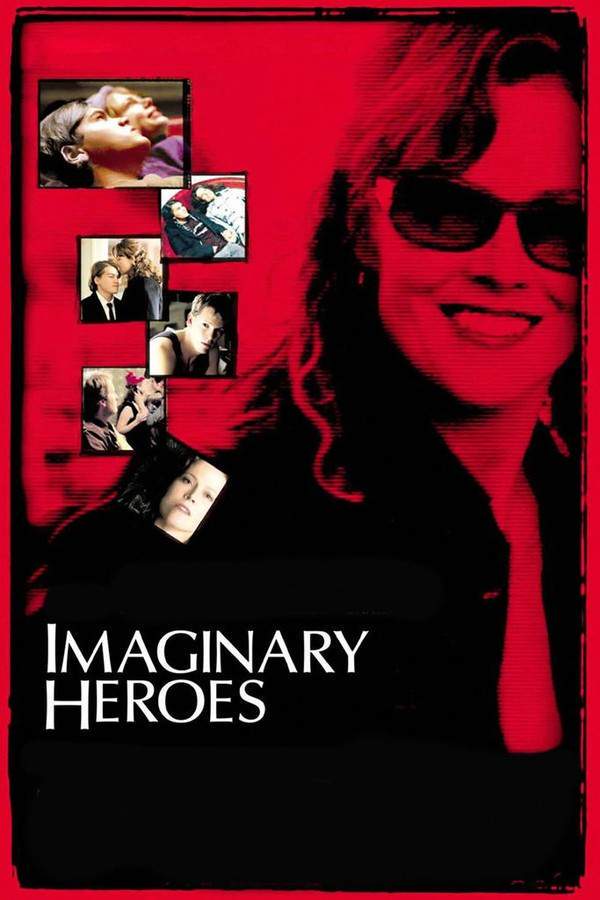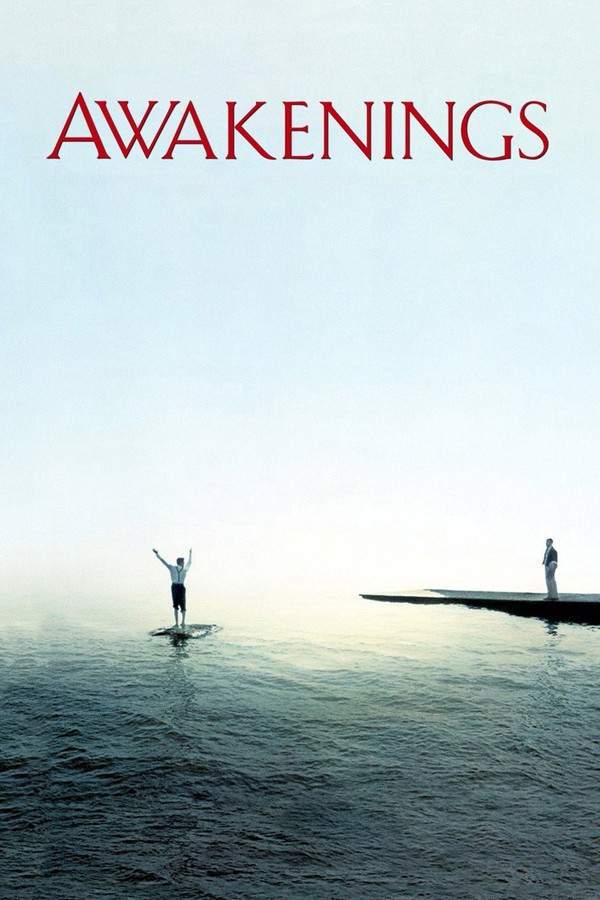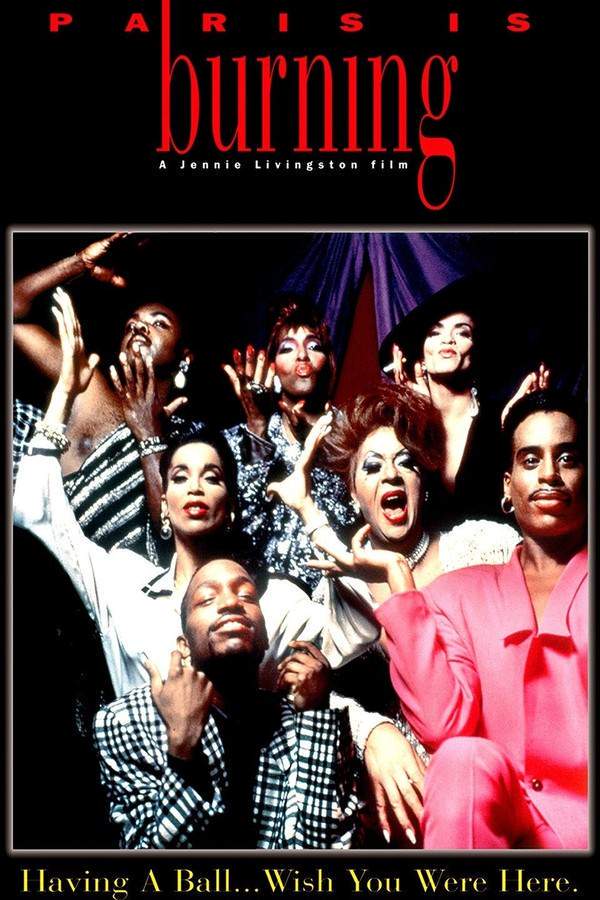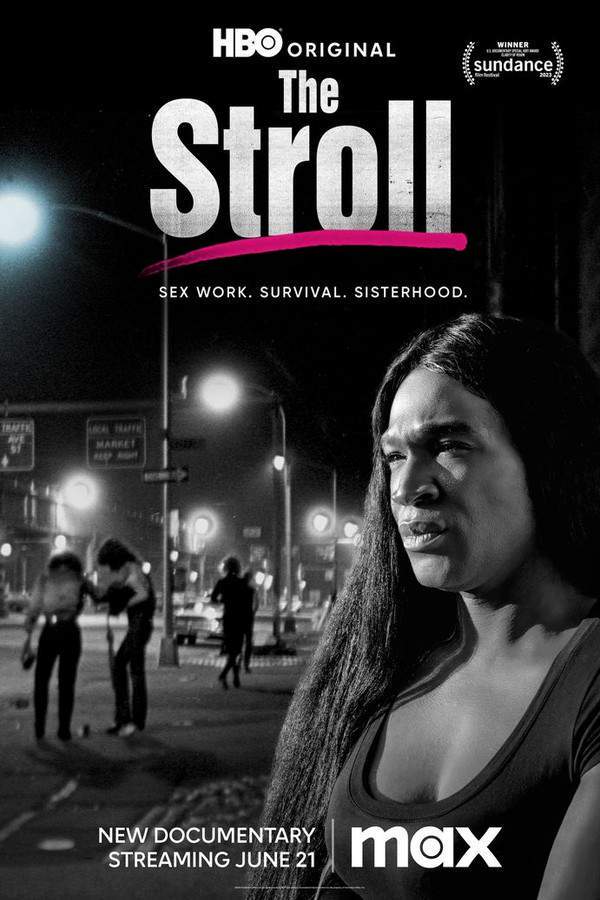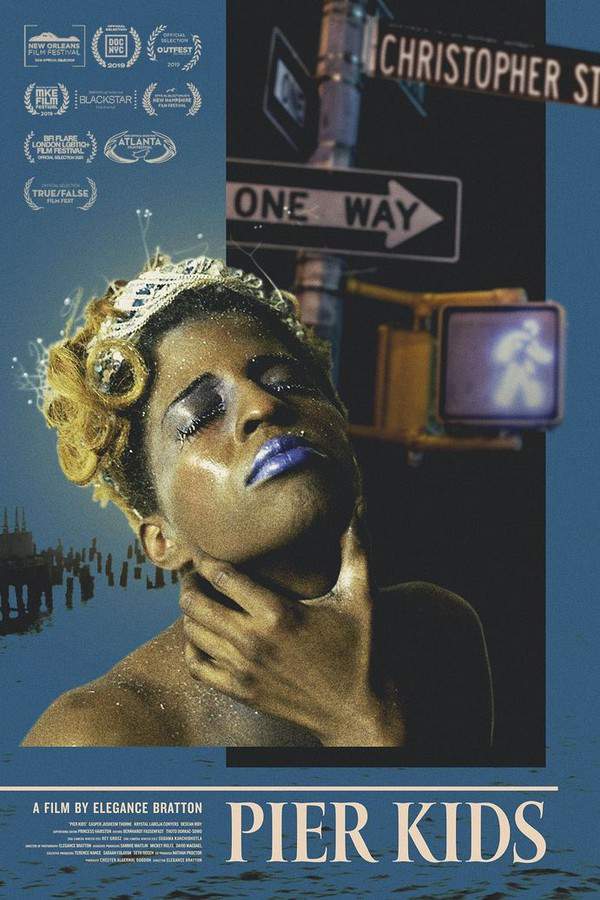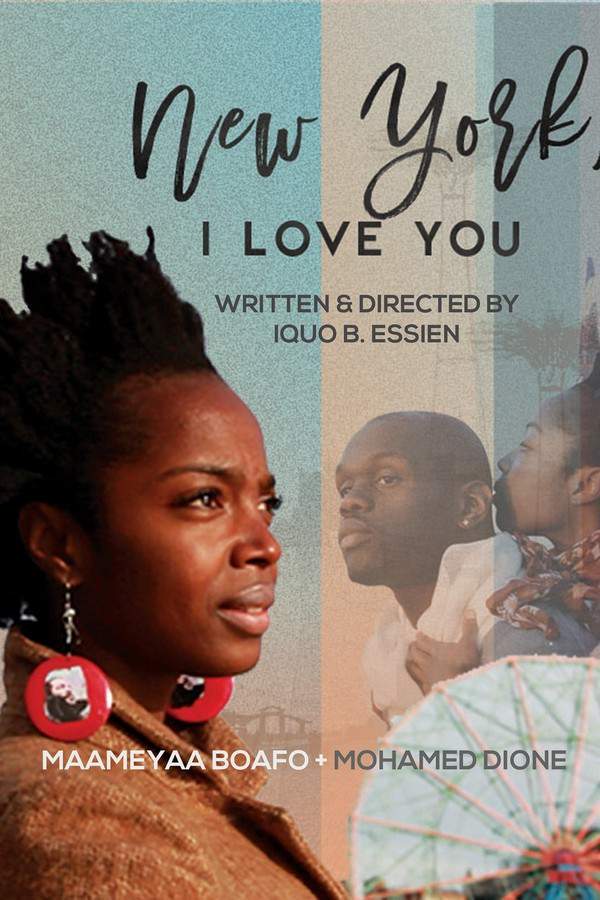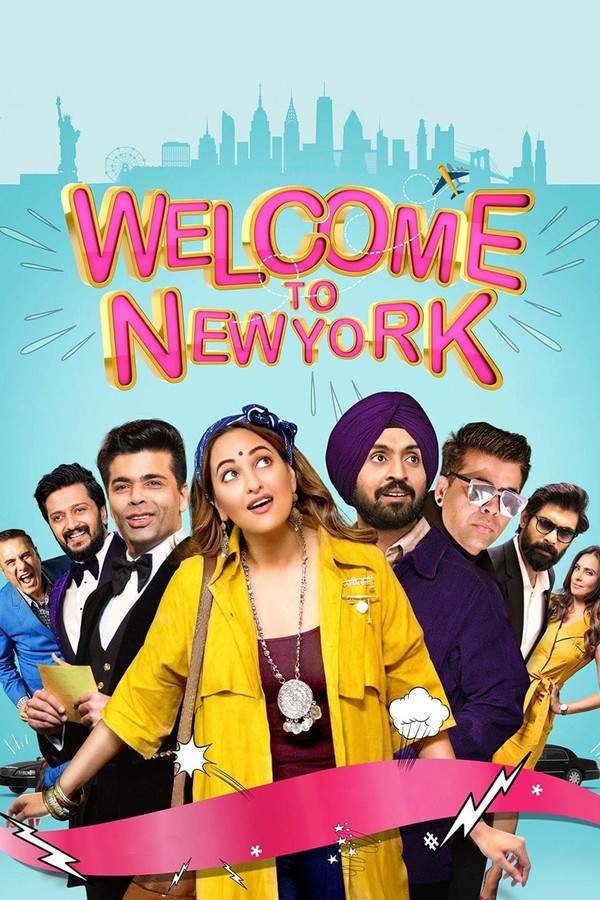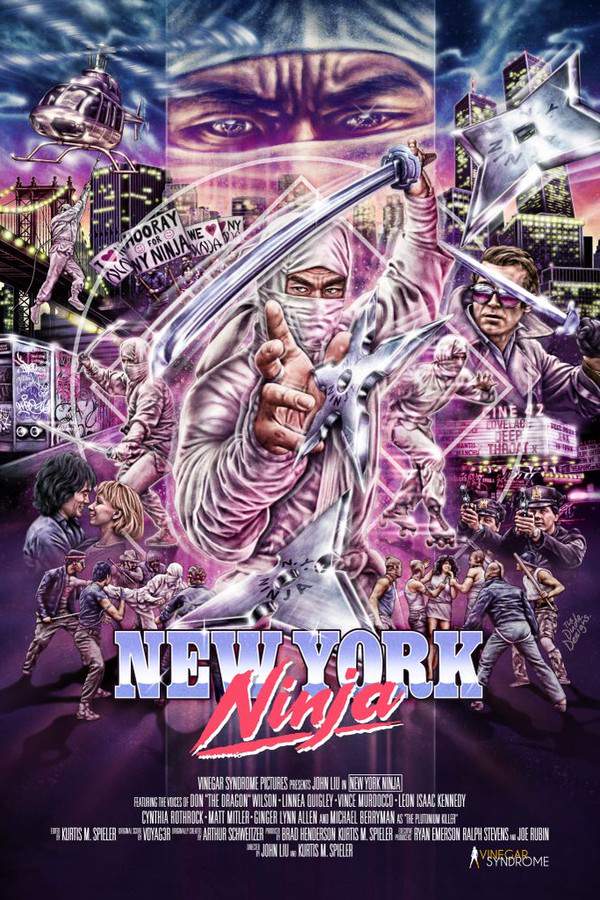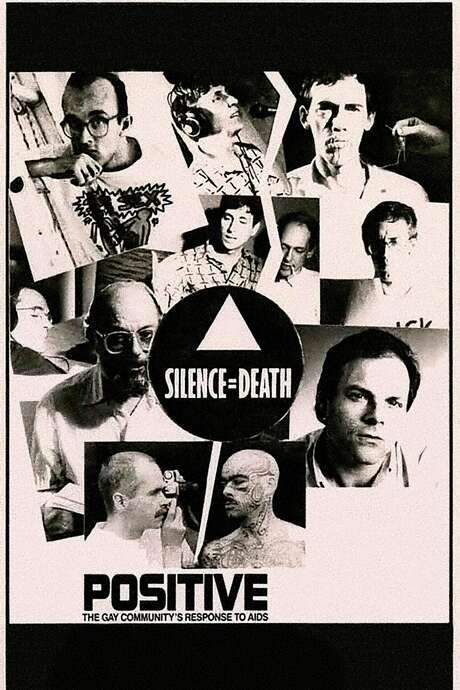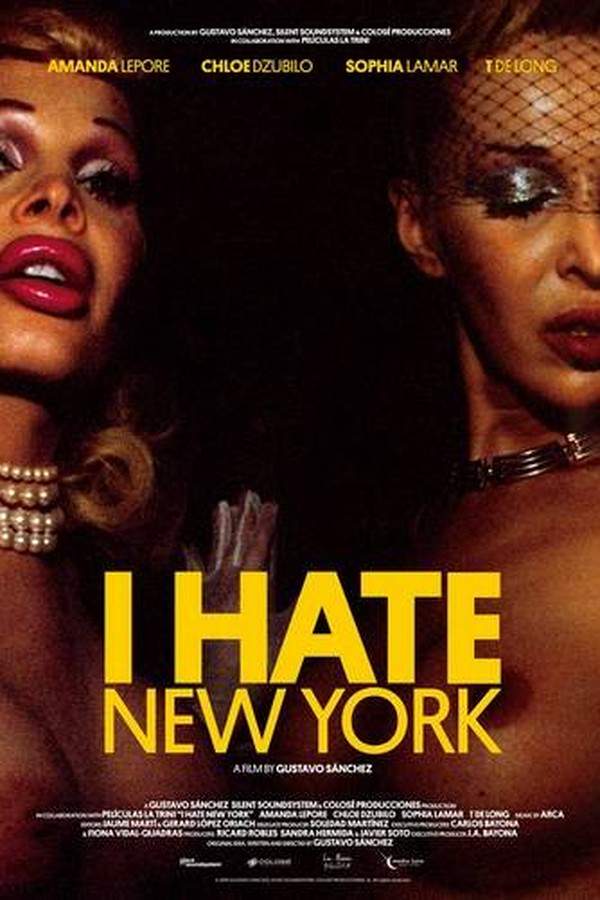
I Hate New York
Year: 2020
Runtime: 75 min
Language: English
Director: Gustavo Sánchez
Four transgender activists navigate the complexities of New York City, facing societal pressures as they fight for self-expression and acceptance. The film explores their individual journeys and the challenges they encounter while striving to create a space for themselves within a vibrant, but often unforgiving, urban environment.
Warning: spoilers below!
Haven’t seen I Hate New York yet? This summary contains major spoilers. Bookmark the page, watch the movie, and come back for the full breakdown. If you're ready, scroll on and relive the story!
Timeline – I Hate New York (2020)
Trace every key event in I Hate New York (2020) with our detailed, chronological timeline. Perfect for unpacking nonlinear stories, spotting hidden connections, and understanding how each scene builds toward the film’s climax. Whether you're revisiting or decoding for the first time, this timeline gives you the full picture.
Last Updated: October 25, 2024 at 11:02
Explore Movie Threads
Discover curated groups of movies connected by mood, themes, and story style. Browse collections built around emotion, atmosphere, and narrative focus to easily find films that match what you feel like watching right now.
Documentaries about Urban Life and Community like I Hate New York
Raw and heartfelt documentaries about finding community in challenging cities.Find more movies like I Hate New York that capture the raw, intimate stories of marginalized communities in urban environments. If you liked the focus on artistic expression and survival in New York, you'll appreciate these similar documentaries about city life and community bonds.
Narrative Summary
The narrative pattern in these films is character-driven and observational, often following individuals over an extended period as they confront systemic challenges and seek personal and collective identity. The structure is typically straightforward, prioritizing emotional honesty and the documentation of real-life struggles and small victories.
Why These Movies?
These movies are grouped together for their shared commitment to intimate, grounded storytelling about real people in urban settings. They share a melancholic yet heartfelt tone, a steady pacing that allows for deep reflection, and a heavy emotional weight derived from their authentic subject matter.
Movies about Resilience and Artistic Identity like I Hate New York
Stories about artists and activists persevering through hardship with hope.Explore films similar to I Hate New York that follow the bittersweet journeys of artists and activists. If you were moved by the themes of resilience, self-expression, and the fight for acceptance against adversity, these movies share a powerful and emotionally heavy narrative pattern.
Narrative Summary
Stories in this thread typically follow a linear arc where characters use their art or activism as a means to cope with and combat personal and societal challenges. The journey is often difficult, marked by loss and sacrifice, leading to a conclusion that is not purely happy or sad, but bittersweet—acknowledging the pain endured while celebrating the strength and legacy of the fight.
Why These Movies?
These films are united by their focus on the bittersweet emotional arc of resilience. They balance heavy themes like loss and oppression with a core of hope and defiance. The shared experience is one of emotional depth, a steady or reflective pace, and a final feeling that honors the struggle without simplifying the outcome.
Unlock the Full Story of I Hate New York
Don't stop at just watching — explore I Hate New York in full detail. From the complete plot summary and scene-by-scene timeline to character breakdowns, thematic analysis, and a deep dive into the ending — every page helps you truly understand what I Hate New York is all about. Plus, discover what's next after the movie.
I Hate New York Summary
Read a complete plot summary of I Hate New York, including all key story points, character arcs, and turning points. This in-depth recap is ideal for understanding the narrative structure or reviewing what happened in the movie.

Characters, Settings & Themes in I Hate New York
Discover the characters, locations, and core themes that shape I Hate New York. Get insights into symbolic elements, setting significance, and deeper narrative meaning — ideal for thematic analysis and movie breakdowns.

I Hate New York Spoiler-Free Summary
Get a quick, spoiler-free overview of I Hate New York that covers the main plot points and key details without revealing any major twists or spoilers. Perfect for those who want to know what to expect before diving in.

More About I Hate New York
Visit What's After the Movie to explore more about I Hate New York: box office results, cast and crew info, production details, post-credit scenes, and external links — all in one place for movie fans and researchers.

Similar Movies to I Hate New York
Discover movies like I Hate New York that share similar genres, themes, and storytelling elements. Whether you’re drawn to the atmosphere, character arcs, or plot structure, these curated recommendations will help you explore more films you’ll love.
Explore More About Movie I Hate New York
I Hate New York (2020) Plot Summary & Movie Recap
I Hate New York (2020) Scene-by-Scene Movie Timeline
I Hate New York (2020) Spoiler-Free Summary & Key Flow
Movies Like I Hate New York – Similar Titles You’ll Enjoy
Paris Is Burning (1991) Movie Recap & Themes
The Death and Life of Marsha P. Johnson (2017) Full Movie Breakdown
The Stroll (2023) Full Movie Breakdown
Pier Kids (2021) Ending Explained & Film Insights
New York, I Love You (2009) Ending Explained & Film Insights
Welcome to New York (2015) Complete Plot Breakdown
New York (2009) Full Movie Breakdown
The New York Hardcore Chronicles Film (2017) Full Summary & Key Details
Pier Kids: The Life (2019) Story Summary & Characters
The Aggressives (2005) Complete Plot Breakdown
Mondo New York (1988) Movie Recap & Themes
This is an Address (2020) Detailed Story Recap
Positive (1990) Spoiler-Packed Plot Recap
New York: A Documentary Film (1000) Complete Plot Breakdown
I Hate People, People Hate Me (1000) Detailed Story Recap

